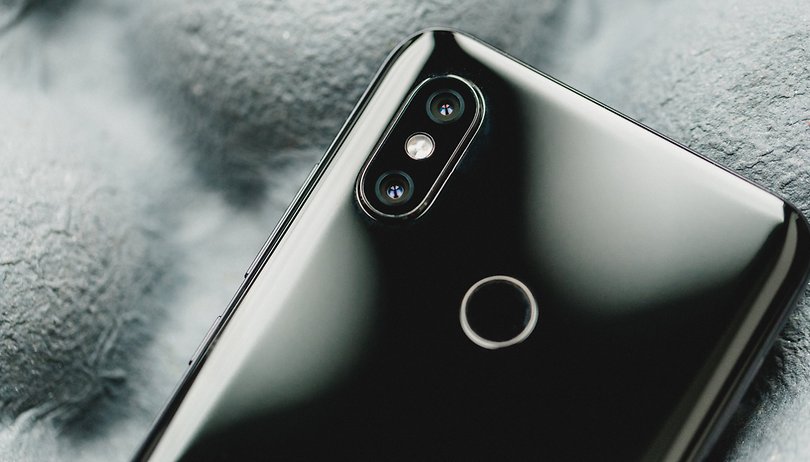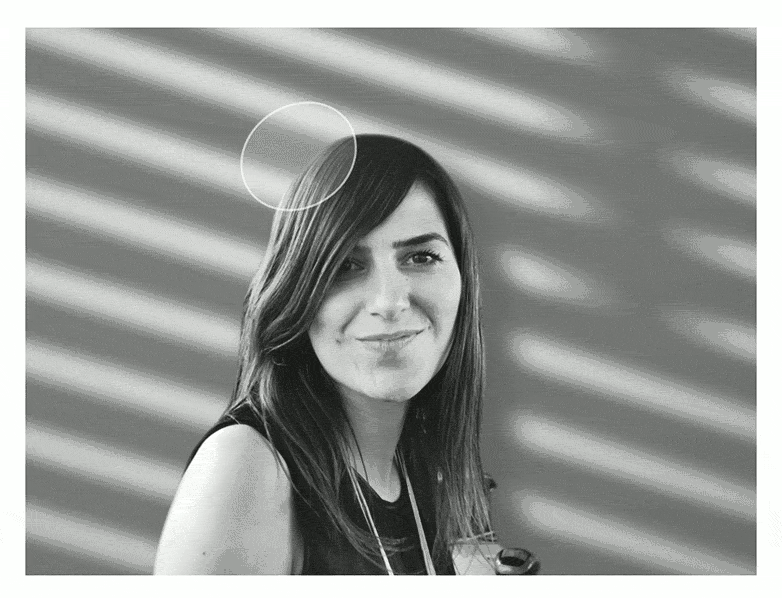Xiaomi Mi 8: this smartphone camera is afraid of the dark


In recent weeks, I’ve had the pleasure of using the Xiaomi Mi 8 as my main smartphone, and as is the case with every device, I carried it out around in my pocket and did a few tests to assess its quality. I subjected the cameras to a few challenges, and became familiar with the features and defects on the Chinese brand’s flagship. So now it’s finally time to tell you what I think of the smartphone camera and whether or not it can compete with the big players from across the industry.
Cameras we've seen before
With its latest flagship, Xiaomi hasn’t introduced a new photographic compartment, but has decided to finish the work it started on the Mi MIX 2S. In fact, it has the same double camera on the back that brought the MIX 2S into the conversation for having one of the best smartphones for photography enthusiasts.
The main sensor on the Mi 8 is a 12MP Sony IMX363 with a size of 1/2.55” (pixel size 1.4 microns). The lens has an aperture of f/1.8 and the camera features PDAF phase detection autofocus with DualPixel technology as well as a 4-axis OIS optical stabilizer.
The second camera is 12MP, but uses a different type of sensor. The focal aperture of the lens is f/2.4 and its size is 1/3.4” (pixel size 1.0 microns). The lenses have a focal length equivalent to 55mm with 2x optical zoom, which lets you zoom with only a teeny dip in image quality.
Thanks to these cameras, the Mi 8 is able to record videos in 4K at 60fps and can also use slow motion mode in 1080p and 240fps. For the sake of comparison, the Mi MIX 2S stopped at 30fps for 4K and just 120fps for slow motion. The front camera takes a big step forward, up from 5MP to 20MP. The focal aperture is f/2.0 and there are no other indications from the company on what type of sensor is used.
Improved software optimization and AI functionality
If the Mi 8 has the same photographic compartment as the Mi MIX 2S (at least on the frame), how can it possibly obtain better results? The answer is software optimization. Xiaomi has done a lot of work on camera software and AI functionality. This will make MIX 2S owners happy because with the arrival of the MIUI 10, the bezel-less smartphone will reach the same level as the Mi 8 in terms of photo quality.
Here are some examples of what your smartphone can do. In this first picture you can already see a great shot with excellent dynamic range that’s improved by artificial intelligence.
The brightest colors and most visible details in the overexposed and underexposed areas are the first details you’ll notice. The AI shows that it can also improve the shots captured with the telephoto lens, even if you compare it to the Mi MIX 2S, but there are no obvious improvements on the secondary cameras.
Unfortunately, AI doesn’t improve everything in your photos. In this scene of Berlin’s Alexanderplatz, AI tried too hard to improve the details, brights and color of the objects “on the ground”, which led the sky to look somewhat burned.
The good things is that you can enable or disable scene recognition and AI modes with a single tap from the camera app, so you can take two shots in quick succession and then keep the best one for later. It’s a pity that it’s not possible to save both the normal photo and the one processed with AI.
Satisfactory on almost all fronts
Overall, the shots taken with the rear cameras on the Mi 8 were very good, enough so that the Mi 8 separated me from my trusty Pixel 2 XL, which I personally still consider the best smartphone for photography.
The dynamic range of the main sensor is very wide even without the use of HDR mode. Autofocus has always been fast and precise, and when I recorded videos I noticed fewer random movements when I changed the subjectof the photo. The OIS hasn’t proven to be very effective.
The front camera captures a lot of detail and even produces a satisfying bokeh effect in good lighting, but the grain becomes visible when the brightness drops. In addition to the bokeh effect, I found the light effects very interesting in the main camera’s portrait mode

When the sun goes down, the image quality does start to dwindle. Don’t get me wrong, the results aren’t disastrous and personally I’ve seen smartphones from more famous brands do worse. Compared to the Google Pixel 2 XL, however, you’ll notice a lower level of detail and dynamic range.
And one last small technical note: you’ll notice a slight distortion due to the lenses at the edges of the images. Fortunately, my colleague Stefan (the head of our photo/video team and skilled photographer) and I managed to isolate the problem, but only at a distance from which you’ll likely never take a picture. This is also the case with traditional photos.

Postponed till September
Although Xiaomi Mi 8 managed to make me fall in love with its easy-to-use camera with its excellent results, there are some small flaws that Xiaomi could still work on. Photos in low lighting conditions could be much better and the AI could guarantee even more precise results with machine learning.
The final version of the MIUI 10 is expected to be released at the end of the summer. So I expect Xiaomi to be able to further improve on their product that is already able to compete with top smartphones. One thing is certain: with top performance, a top quality OLED display and a competitive camera, there’s no reason why you’d regret purchasing a Xiaomi Mi 8.
What is your favorite smartphone for photography? Are you considering the Xiaomi Mi 8?




















In the official description shows movies in 4k at 30 fps. Have you got news about it?
CAN YOU PLEASE DO REVIEW OF ASUS ZENFONE 5Z CAMERA ALSO